How did the newly-anointed heritage city bag the title and is it ready for the expected rush of tourists?

UNESCO recently declared the 600-year-old walled city of Ahmedabad as a world heritage city.
With this, Ahmedabad has joined Paris, Vienna, Cairo, Brussels, Rome, Melaka (Malacca, Malaysia) and Edinburgh as one of the 287 world heritage cities.
There are only two other cities in the Indian subcontinent which enjoy the same status: Bhaktapur in Nepal and Galle in Sri Lanka.

The nomination of Ahmedabad was supported by about 20 countries. India’s team at UNESCO, led by the feisty Ruchira Kamboj, a 1987 batch IFS officer, lobbied successfully for Ahmedabad’s candidature.

The city’s journey towards branding itself as a heritage destination began in 1984.
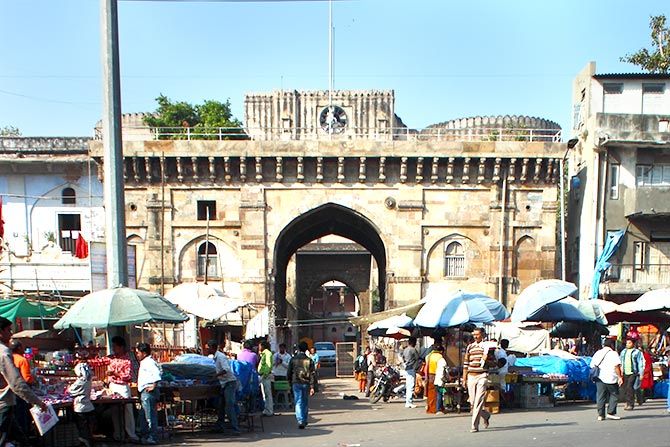
Ford Foundation instituted a study for conserving heritage structures in Ahmedabad that year. The goal came closer in 2010 when Prime Minister Narendra Modi, then chief minister of Gujarat, proffered a dossier on the status of heritage structures in Ahmedabad to UNESCO.
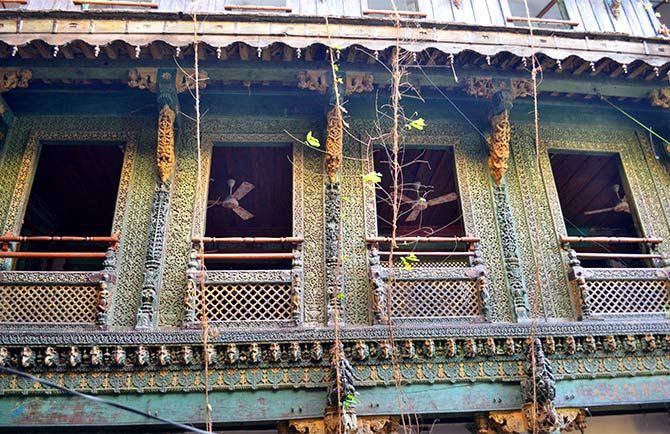
In March 2011, Ahmedabad made it to UNESCO’s 'tentative' list.
In January 2016, it was chosen over Delhi and Mumbai as India’s entry.
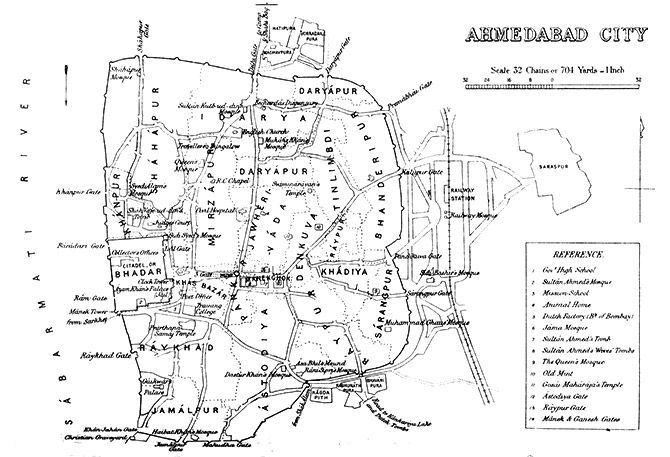
Ahmedabad was founded by Ahmed Shah in 1411 AD. It has 26 ASI-protected structures, 360 pols and tens of puras (distinctive neighbourhoods) that capture the unique community living of the walled city.
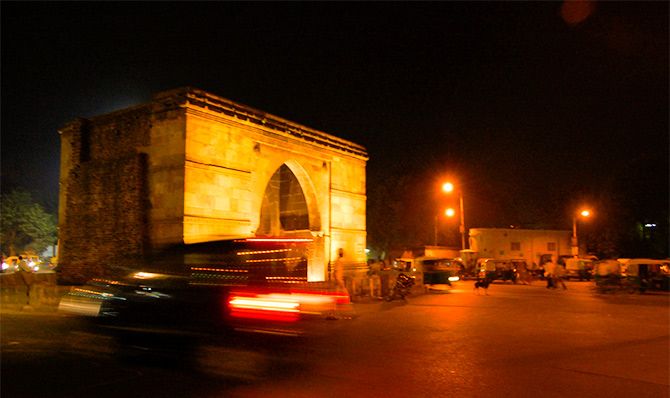
The pols are an exuberant riot of beautiful wooden facades, lovely wooden brackets, lovingly carved fenestrated windows, magical balconies, chabutaras (bird feeders) and other architectural elements. And these densely packed clusters of rows upon rows of houses, joined by labyrinthine streets are where Indian architectural traditions live on. This is what prompted the UNESCO tag.
Many believe that the numerous sites associated with Mahatma Gandhi who lived in the city from 1915 to 1930 helped win the deal.
What are the benefits of being branded a heritage city?

Well, for starters, it is a huge advertising draw and a lure for tourists. It gives the city a global identity. Statistics from Japan show that Iwate Prefecture’s historic Hiraizumi area in the northeast part of the country, had seen tourism plunge after the quake-tsunami catastrophe.
But post getting onto the heritage list, visitors have been flooding in, tripling from 98,067 in May to 292,640 in August last year. After the villages of Shirakawa-go and Gokayama (both more south and east) were inducted in 1995, tourism more than doubled from around 600,000 a year to 1.4-1.5 million.

This should be good news for Ahmedabad.
There are other associated benefits too. The heritage status can help attract funds for restoration, preservation and community training.

For example, in 2001, the Taliban destroyed two 6th century, 150-feet statues of Buddha carved into the mountainside in the Bamiyan Valley in Afghanistan. The site has since received more than $4 million from UNESCO to help with reconstruction.
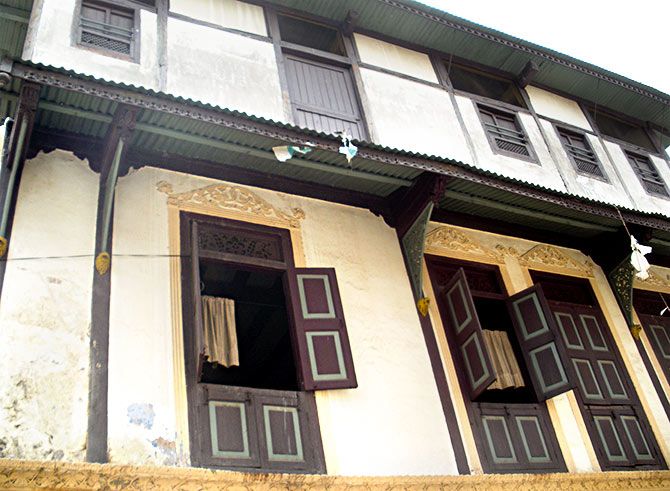
By the way, the walled city will henceforth also be protected under the Geneva Convention against destruction or misuse during wartime.
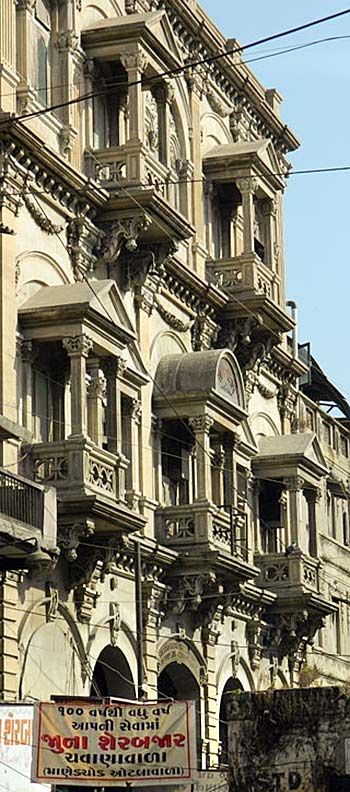
Interestingly, another positive effect gleaned from heritage listed locations is the changed attitude of the locals. Research in Japan showed that 93 per cent of locals developed a greater attachment and affection to their hometowns, and became ‘prouder’ after the listing!
But is Ahmedabad ready for an exponential increase in tourism? Especially from overseas visitors.
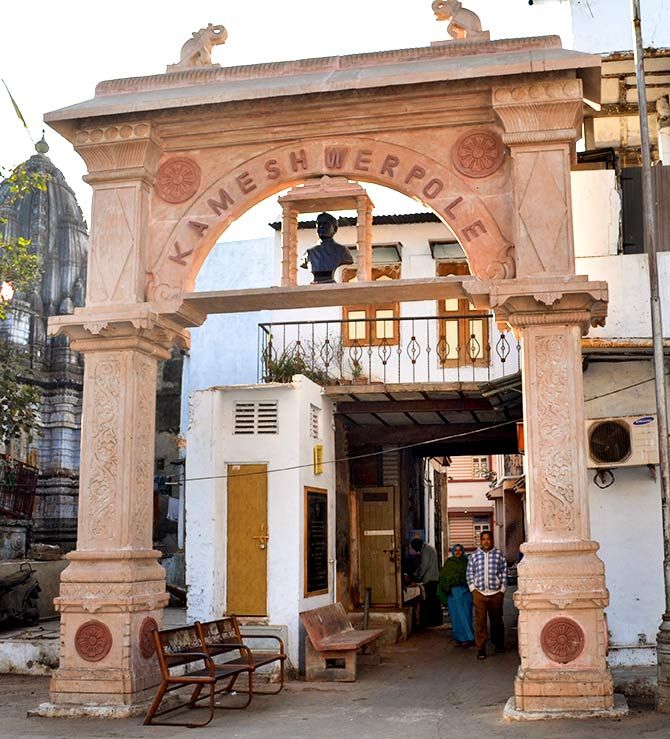
Remember, it is a dry city. That is surely going to be a major deterrent. The city will need to develop a ‘tourism culture’, a better equipped airport, many more hotels, wayside cafés, eateries, lots of casual dining options, hop-on-hop-off buses and precincts that will remain clean and hygienic.
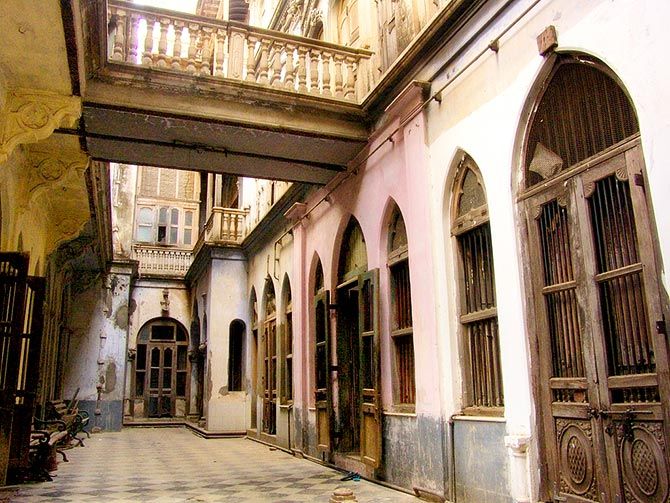
Is Ahmedabad ready to be the brand the world now views it as?
Sandeep Goyal is an advertising and media veteran. He loves Ahmedabad.













 © 2025
© 2025